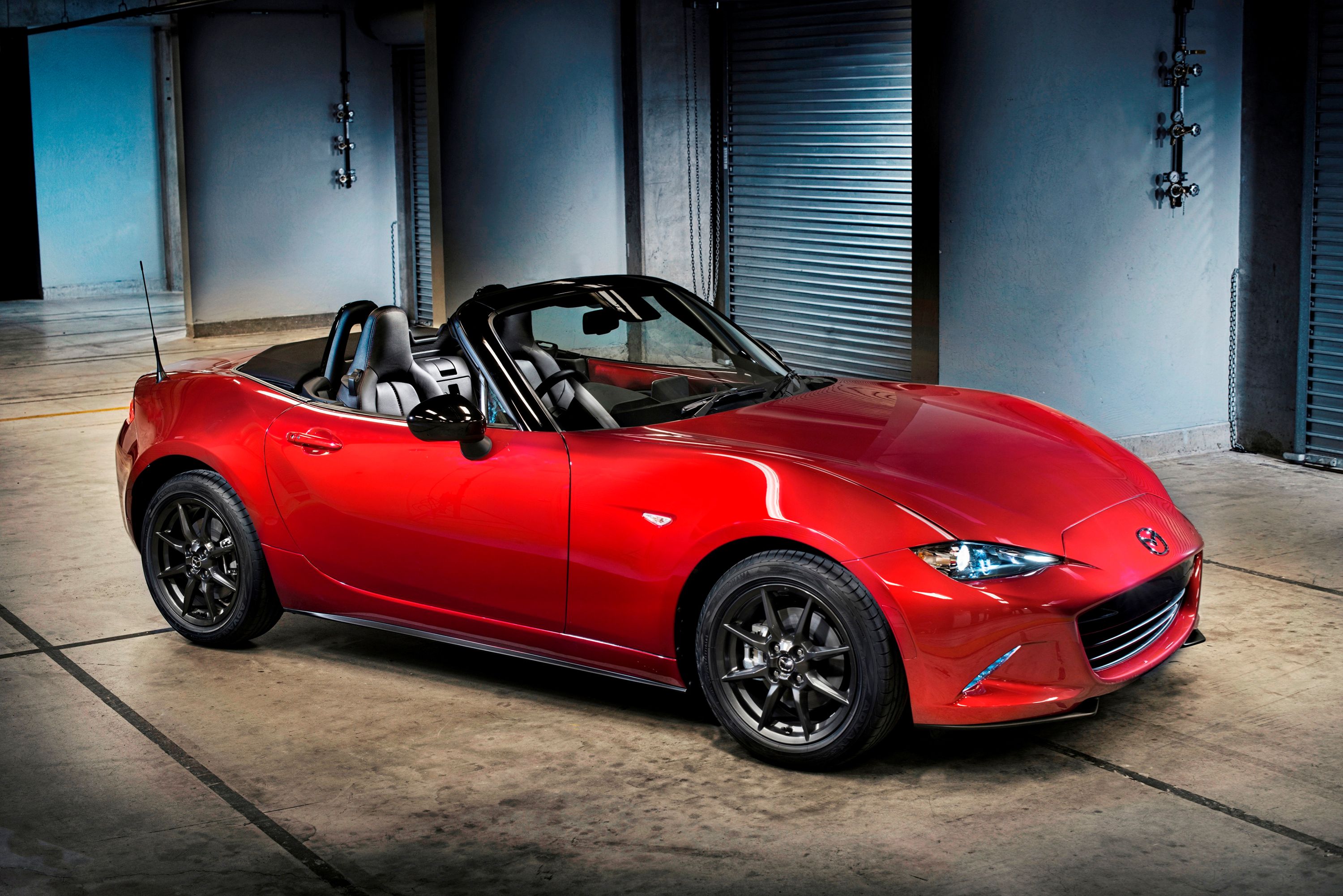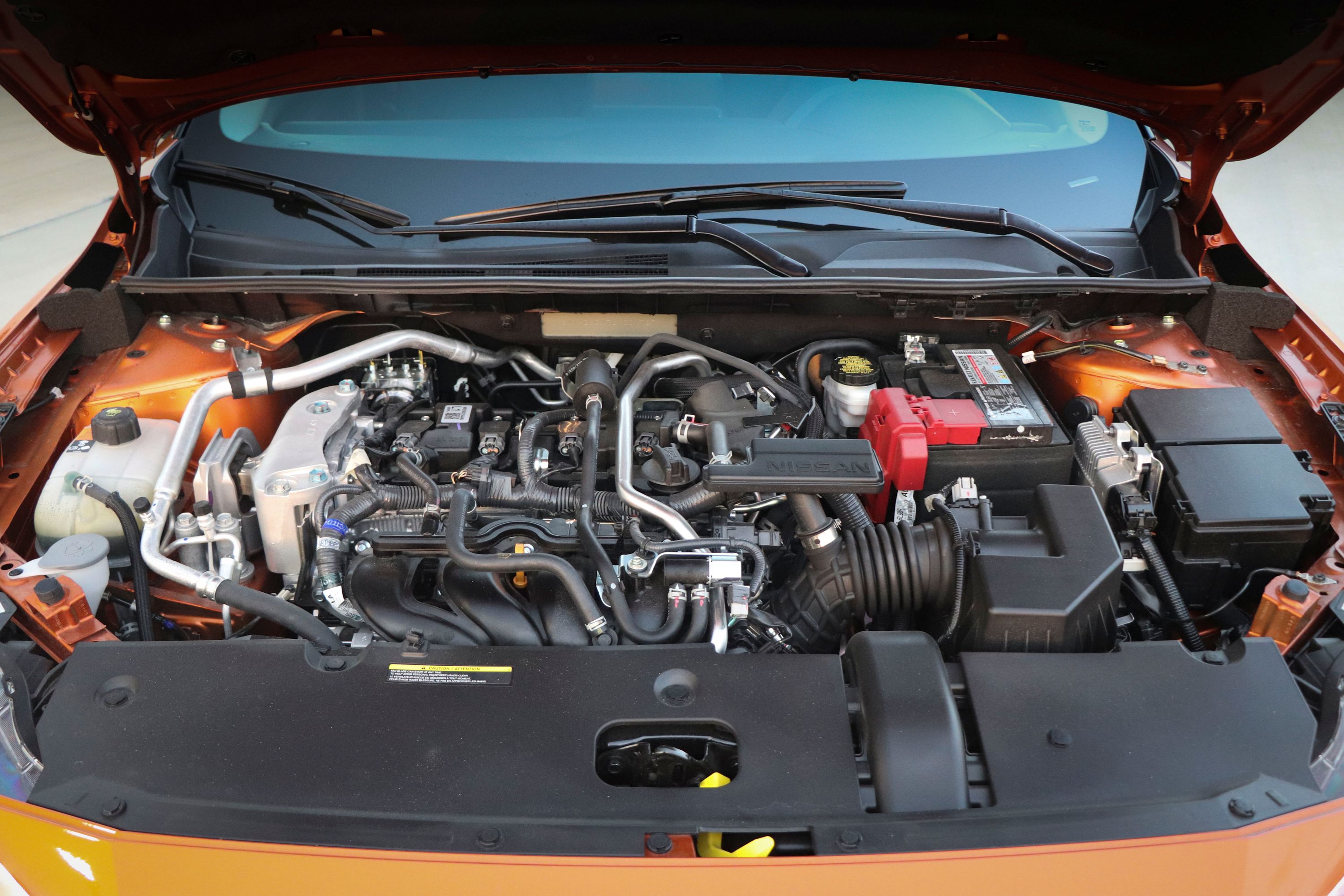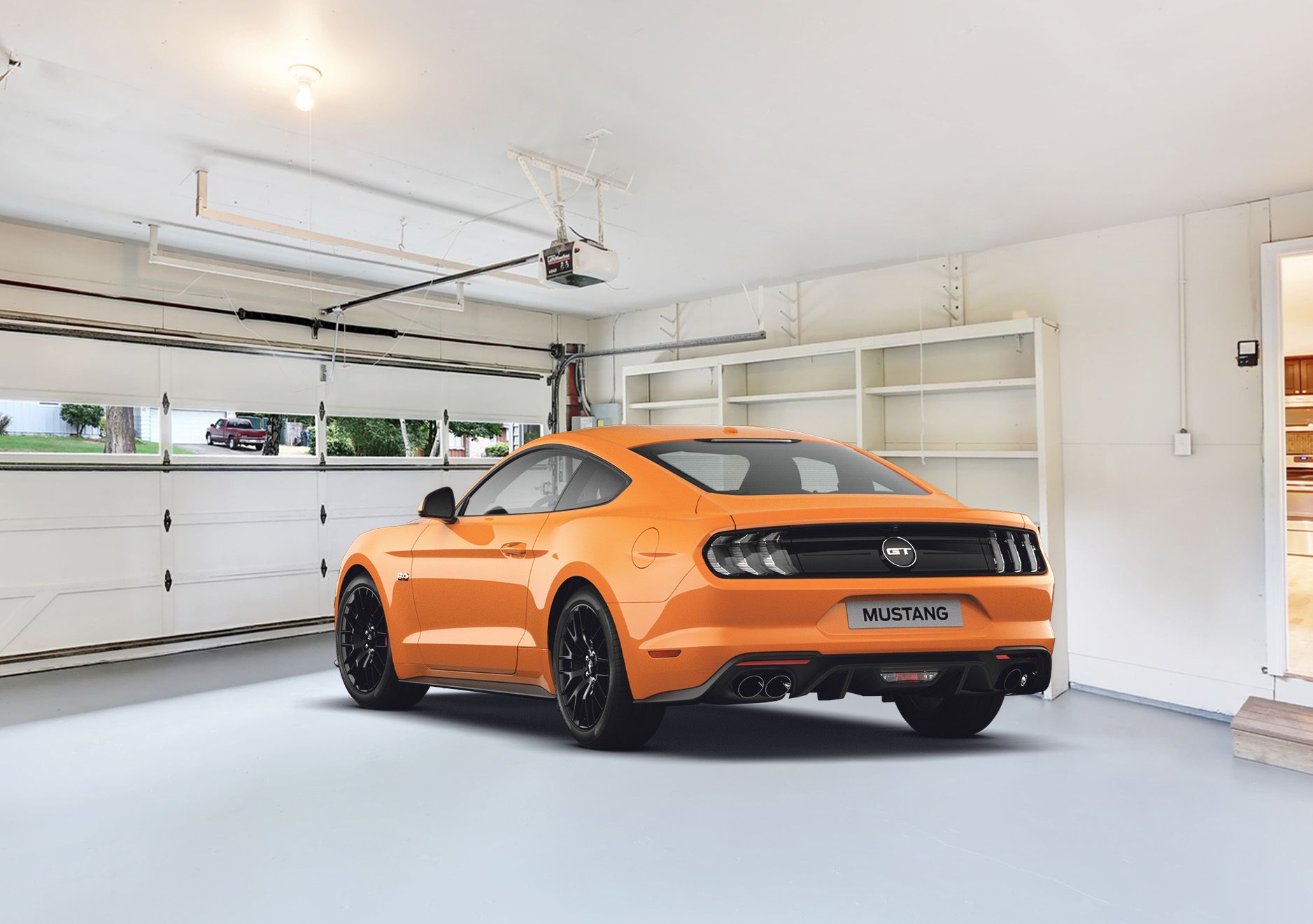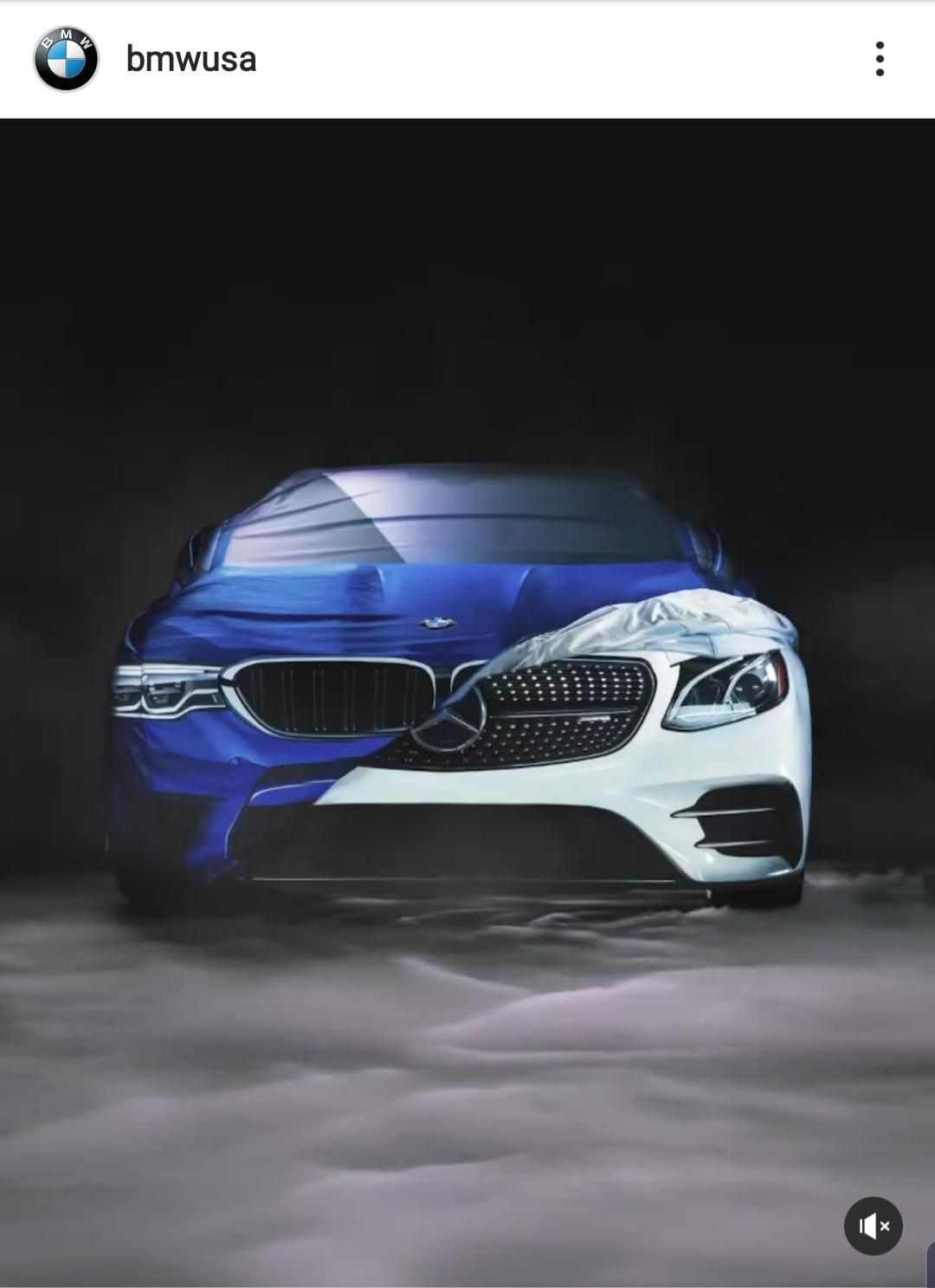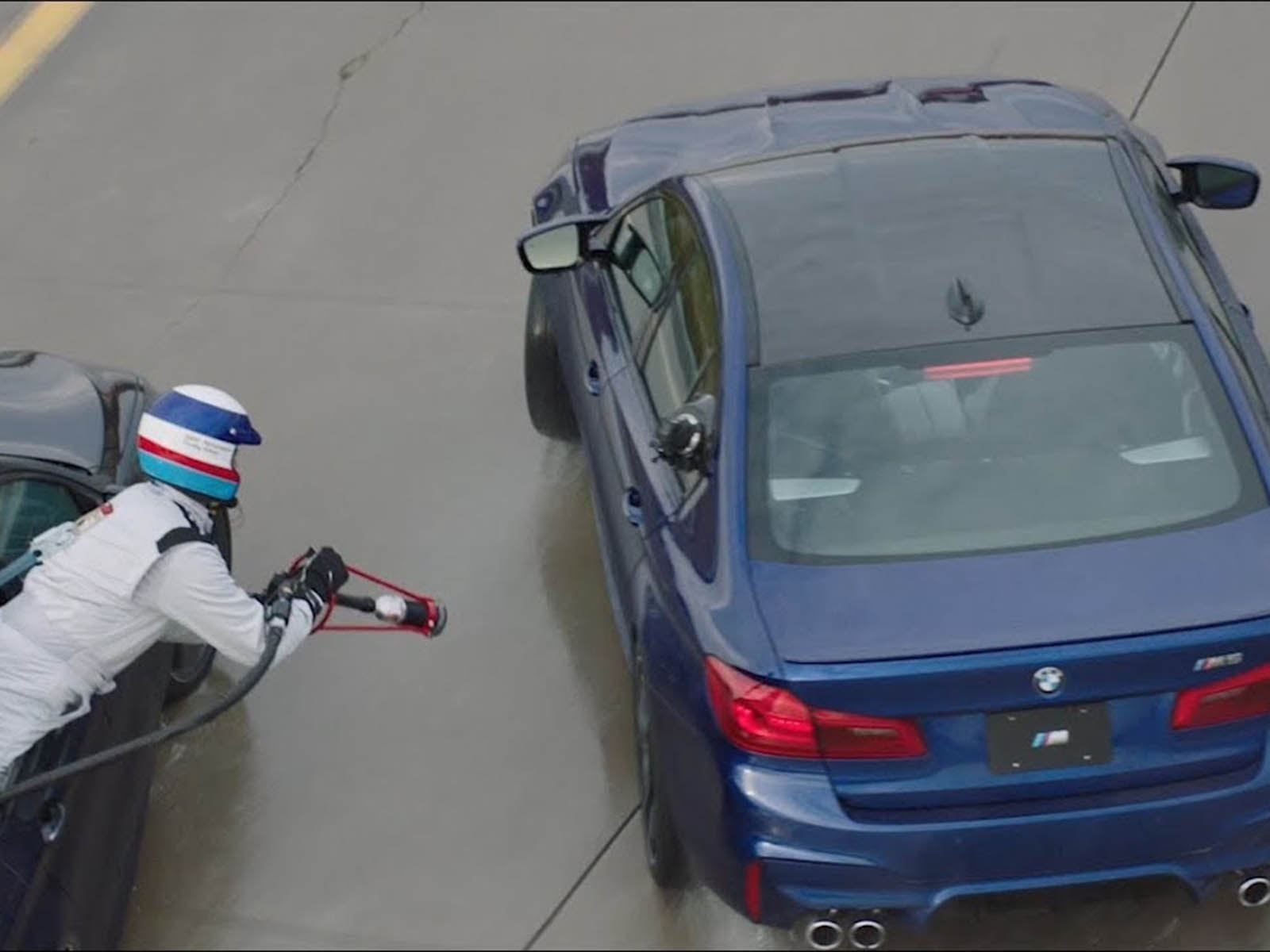
With many states implementing strict stay-at-home measures to fight the coronavirus pandemic, citizens are being urged to stay home and only go out for the absolute essentials; groceries, necessary toiletries etc. For many, this means our cars are no longer in use or are infrequently used, sometimes standing for over a week without going anywhere. While a Mazda MX-5 Miata might only be a mechanical object, albeit an entertaining one designed to withstand loads of mechanical strain, periods of isolation like this can result in unwanted damage and pose maintenance problems. Just like the human body, they require work to keep them in tip-top condition. That's why we've compiled a handy guide to keeping your car running smoothly, even when they're not in use.
Keep Your Battery Charged
Anyone who's ever let a car sit for too long will know that a flat battery is a pain when you need to get going, and unfortunately, when we don't use our cars it's the most likely thing to go wrong. Because modern cars rely so heavily on electrical components, it's important to make sure your car has enough juice. There are two ways you can do this.
1) If you have one, a trickle charger is a great way of keeping things charged for extended periods of time, and 2) if you don't have one it helps to start your car every five days or so and leave it idling for at least ten minutes so it can recharge itself. If you use option two, make sure you do so in a well-ventilated area.
Start Your Car Anyway!
Even if you have a trickle charger, it's still beneficial to start your car. The various components need to remain lubricated; if they remain dry for extended periods of time, they could seize. The various seals in the engine also require lubrication and moisture, and without this, they can become brittle and break. That's why it pays to start your car every few days, let it idle for a few minutes until everything is up to temperature and all fluids are well circulated, and then switch it off again. If your car has climate control, make sure this runs too as all the fluids in that system need to circulate as well. Once again, always make sure you do this in a well-ventilated area.
Inflate Your Tires
The tires of a car are an underrated piece of equipment. But when you're going around a corner - whether it's in a Mitsubishi Mirage or a Koenigsegg Gemera - those four rings of rubber and the tiny contact patch on the tarmac is all that's keeping you on the road. When a car stands for an extended period, the tires tend to lose pressure as air escapes and ambient temperatures change. For this reason, we recommend inflating your tires just a little above the normal pressure your manufacturer recommends you run at. By doing this, the tires don't go soft. When tires go soft, extra strain is placed on the sidewalls, which weakens the structure and increases the risk of a blowout further down the line.
Likewise, leaving the car standing in the same place also damages the tires as they deform when left stationary. When you start the car every few days, make sure to roll it a foot backward or forwards before reparking. This will prevent permanent deformation and avoid flat spots.
Wash And Cover Your Car
If you don't have an enclosed garage to park in, your car can easily be exposed to the elements during self-isolation. It's a good idea to wash the car properly to remove all tar, tree sap, and bird droppings as these can corrode the paint when left for a period of time. After that, covering your car is a good way of keeping the paint in good condition. When covering your car, make sure there's no dust under the cover which could scratch the paint, and make sure you prop the windscreen wipers up a little with some cotton wool to prevent the wiper blades sticking to the glass and perishing.
Keep A Full Tank Of Gas
While it's appealing to save some cash and not top-up, by filling your fuel tank you'll avoid moisture building up inside the tank. Moisture (in the form of water vapor, not gas) leads to oxidization and corrosion, which you'll want to avoid. Filling up to at least 80% remedies this quite substantially. It also means that when you do start your car every few days, you're not picking up the dregs of the tank and any sediment that may collect when you're running low.

